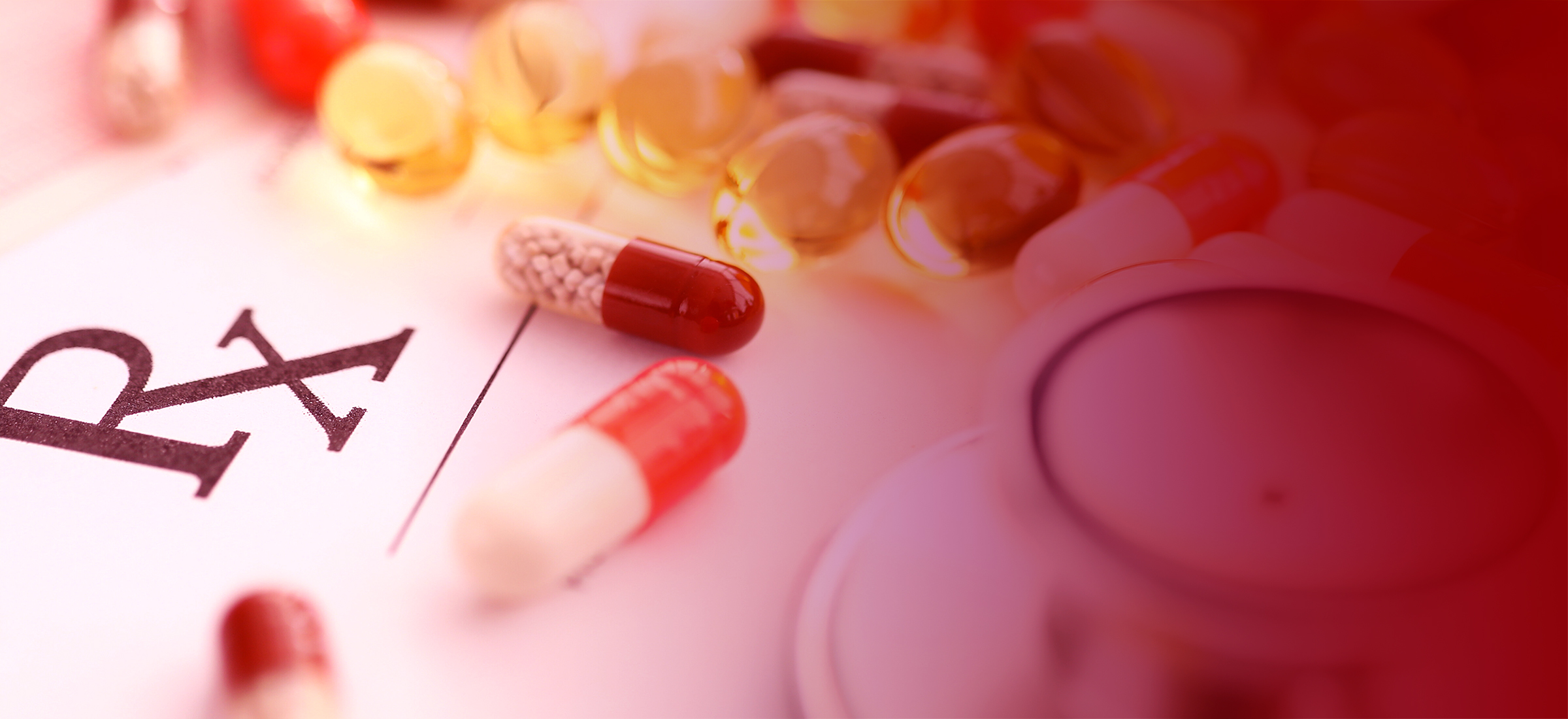
In the wake of Biden’s COVID-19 infections, here’s what regulators should do to limit Paxlovid rebound
By Henry Miller and Josh Bloom
President Biden’s bout with COVID-19 is illustrative of the debate currently raging about “Paxlovid rebound” — the recurrence of symptoms and of testing positive for SARS-CoV-2 after a seemingly successful five-day treatment course of Paxlovid. This phenomenon is not unusual, and it suggests that regulators should modify the terms of the drug’s Emergency Use Authorization.
When he headed the Food & Drug Administration, Dr. Frank Young used to admonish his minions that sometimes regulations need to be tempered with common sense. Regulators would do well to apply that advice as the agency ponders whether additional steps are necessary to guide Paxlovid users.
Paxlovid is a true breakthrough drug with efficacy of over 90% in treating mild-to-moderate COVID-19 and preventing hospitalization and death. It is an oral two-drug combination regimen — one drug is nirmatrelvir, an antiviral, while the second, ritonavir, inhibits the metabolism of the nirmatrelvir, thereby maintaining therapeutic levels.
But as with the president and a small number of other cases, physicians sometimes see an unexpected phenomenon — an improvement of symptoms, only to have them (and test positivity) return within days after completion of the five-day course. It’s known as the Paxlovid Rebound.
There are not much data on how frequently this occurs, but a recent article in Clinical Infectious Diseases reported an incidence of 0.8%. Whatever the frequency, there are several possible mechanisms to explain such a phenomenon. The likeliest is that the Paxlovid dose is too low or the length of treatment too short to prevent the rebound, because the drug knocks down the amount of virus present so rapidly that the immune system doesn’t have sufficient time to eradicate it, and the virus begins to replicate again.
A pertinent question, then, is how long does it take for the immune system to clear SARS-CoV-2 from an infected patient? Ironically, the best answer to this question comes from the TOGETHER randomized controlled trial that examined the effect of ivermectin vs. placebo on multiple parameters of COVID-19, one of which was the number of days it took to clear the virus. (TOGETHER is a private-sector funded international collaboration to identify existing medications that can be re-purposed to prevent or treat COVID-19)
In the trial, only a quarter of the trial participants were able to clear the virus within seven days with no treatment, so that the time to achieve complete viral clearance for most patients must be considerably longer, perhaps two or three weeks, maybe more. How long, then, does it take for patients treated with Paxlovid to clear the virus?
Although this precise information is not available from Pfizer’s clinical trials (which were performed pre-Omicron), the company does provide this information:
An approximate 10-fold decrease in viral load at Day 5, relative to placebo, was observed in both EPIC-HR and EPIC-SR [trials], indicating robust activity against SARS-CoV-2 and representing the strongest viral load reduction reported to date for a COVID-19 oral antiviral agent.
This offers a solid clue about what’s happening. While a five-day course of Paxlovid is sufficient to keep about 90% of Covid victims out of the hospital and reduce their viral load 10-fold, there appears to be a subpopulation of people who either didn’t respond as well as others to Paxlovid or, perhaps, had a higher viral load to begin with.
That is consistent with the findings of researchers at the University of California, San Diego, who concluded that Paxlovid rebound occurs when infected cells get insufficient exposure to the drug to stop all viral replication, either because the medication was being metabolized too quickly in some patients or that the drug needs to be given for a longer duration.
White House Covid advisor Dr. Anthony Fauci appears to have experienced one of those phenomena, leading to a rebound of his Covid-19 infection after taking Paxlovid.
After five days on the drug, he tested negative, then had three consecutive days of negative tests, but on the fourth day tested positive again. Fauci said his symptoms were worse when they returned after treatment, so — and here’s the interesting part — his doctors prescribed another course of Paxlovid, and his symptoms improved.
The FDA’s Emergency Use Authorization (EUA) for Paxlovid, in the Agency’s April 2022 letter to Pfizer, the drug’s manufacturer, contains this statement:
PAXLOVID is not authorized for use for longer than 5 consecutive days
Thus, strictly speaking, that second course was impermissible under the EUA… which gets us back to FDA Commissioner Frank Young’s admonition about regulators’ using common sense.
Even in the absence of definitive data, which would be time-consuming and expensive to accumulate at this point, it would be sensible for the FDA to extend the authorized course of Paxlovid treatment to, say, eight or ten days. It could spare Paxlovid recipients the rebound of Covid symptoms and additional virus-caused damage.
Good medicine, like good regulation, sometimes requires common sense in addition to hard data.
Read More
